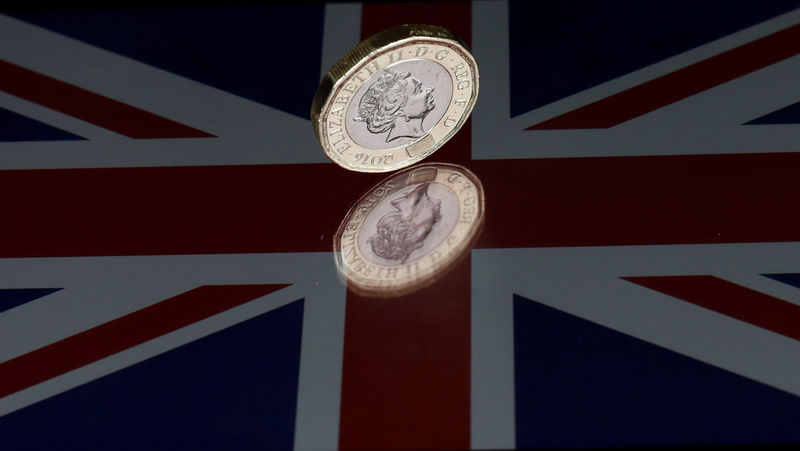Investing.com - The pound dropped back towards eight-week lows on Monday, falling below the 1.27 level as the fallout from last week’s British election continued to weigh, while the dollar was slightly lower ahead of this week’s Federal Reserve meeting.
GBP/USD was at 1.2690 by 06.18 AM ET after ending Friday’s session down 1.7%, its largest one-day percentage decline in around eight months.
British Prime Minister Theresa May’s grip on power looked precarious after her party unexpectedly lost its parliamentary majority in the election on Thursday.
Rating agency Moody’s said Monday that the inconclusive election outcome has heightened uncertainty over Brexit negotiations and is ‘credit negative’ for the UK.
The shock election result has fueled speculation that the government could soften its stance on Brexit, but is also likely to delay the start of Brexit negotiations, which were due to start on June 19.
Sterling was also weaker against the euro, with EUR/GBP rising 0.68% to 0.8838.
The euro also pushed higher against the dollar, with EUR/USD rising 0.2% to 1.1217.
The euro showed little reaction after polls on Sunday showed that French President Emmanuel Macron's party is set for a giant majority in parliament after a first round of voting, in line with forecasts.
The dollar slid lower against the yen, with USD/JPY down 0.32% to 109.98, off Friday's one-week high of 110.81.
In Japan, data on Monday showed that core machinery orders fell more than expected in April, underlining concerns over the country's fragile economic recovery.
The U.S. dollar index, which measures the greenback’s strength against a trade-weighted basket of six major currencies, dipped 0.11% to 97.12, having retreated from Friday’s two-week highs of 97.47.
Investors were turning their attention to Wednesday’s Federal Reserve policy meeting, where the central bank is widely expected to deliver its second rate hike so far this year.
With a rate hike largely priced in investors will be watching for indications on the pace of further tightening in the second half of the year and further details on the Fed’s plans for reducing its balance sheet.
